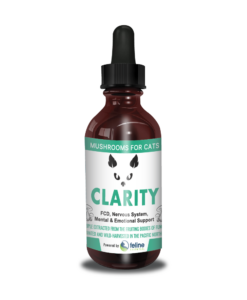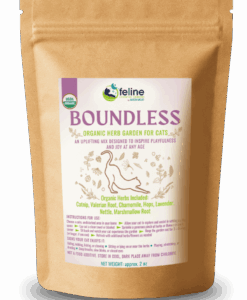How often do you think think about how many carbohydrates you’re feeding your kitties. How much should they have? The carbohydrate count isn’t even listed in the nutritional panel of your cat’s food, so does it really matter?
It absolutely does.
Because carbs can be a game changer for consumers who purchase pet food, it’s conveniently left off the bag. Pet food companies are not required to disclose this information, so they don’t. Unfortunately that means we have to do the math ourselves and decide how much carbs we are willing to feed our cats.
Here’s how to calculate the carbs in your cat’s dry food:
So how much is too much?
Cats do not have any nutritional requirement for carbohydrates. While a small amount of carbs can be helpful during gestation and lactation, feeding this on a daily basis can lead to disease. In fact, the high amount of carbs in kibble is directly related to the epidemic of diabetes and obesity in cats these days.
In the wild, cats will consume the stomach contents of their prey, which usually consists of around 2% carbohydrates. If you’re feeding your kitty a diet that only contains 2% carbs… good on you. Carry on!
Problem is, if you feed your cats kibble they’re getting way more than 2% carbs. It’s impossible to make a crunchy ball of dry food without holding it together with starch – so all kibble contains high carbohydrates.
Maybe you’re asking, so what’s the problem with carbohydrates? Well, just as with humans, carbohydrates create inflammation in the body as well as contributing to unhealthy weight gain. The more inflammation our cats have, the higher their risk of disease. The fatter they get, the higher their risk of disease and injury.
And now we know why carbs aren’t listed on our cat’s food!
Let’s do our best as cat parents to check and see how many carbohydrates our cats eat. If it’s too much, reduce that amount by feeding a moist, species appropriate diet instead. 🙂




Recent Comments